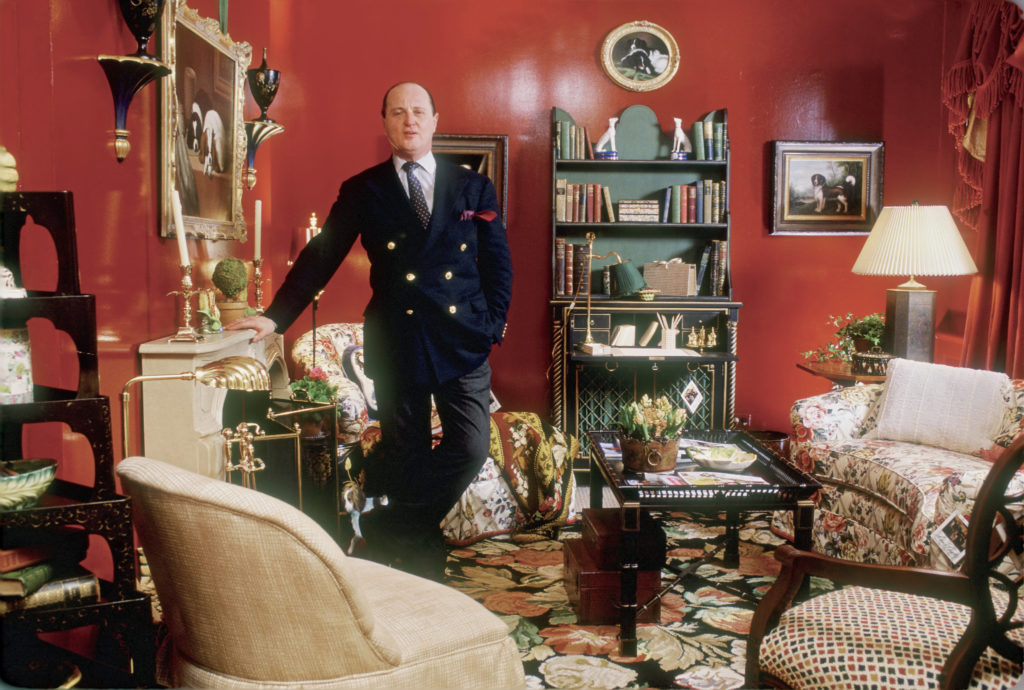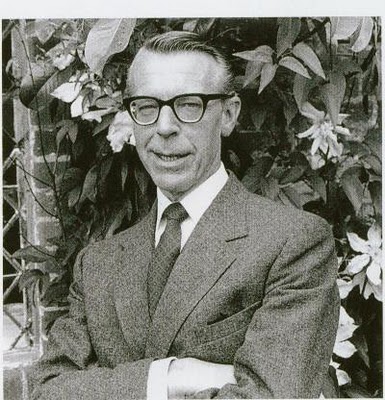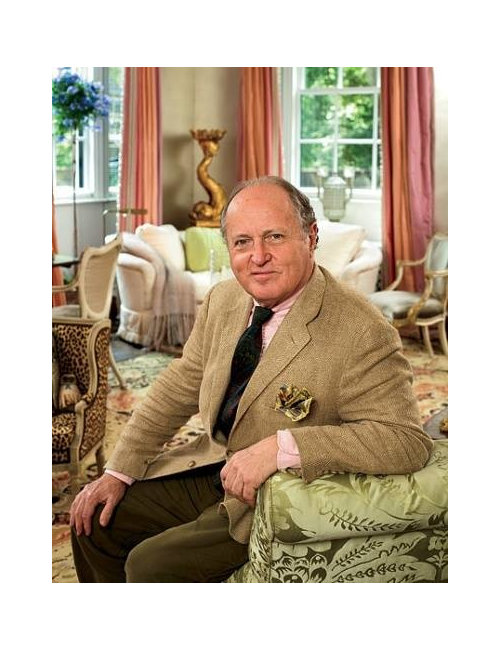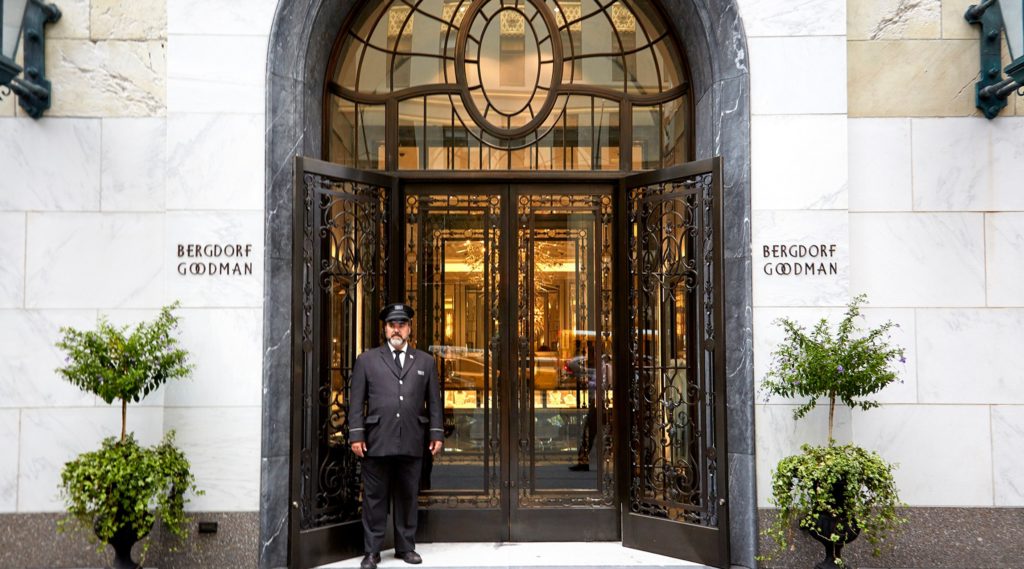

This morning, I’ve been bidding at an auction in upstate New York devoted to the decorative items possessed by the late Mario Buatta- not precisely floor sweepings, but the lesser items not sold at the more illustrious sale held a few weeks ago at Sotheby’s in New York. This may be a little too close to the coronavirus epidemic for comfortable mention, but I must say, based on the stratospheric prices commanded at both Sotheby’s and the upstate auction, it appears there is another, at least localized epidemic strayed along the Hudson causing some significant confusion of mind. Less caustic is perhaps a characterization of what’s gone on, that the late prince of chintz was held in profound esteem, witness the significant premium items in his collection have commanded. With all that, reverting now to my caustic métier, one can recall how the sale of the Regency period decorative items in the collection of the late Bill Blass were profoundly in excess of what might be considered reasonable. For those of us in the trade, items that sell well above what one considers a healthy retail price is cheering, but as with the Bill Blass sale, those items in Mario’s collection and their result have much, much more to do with a possessive desire to affiliate with the career of a man of extraordinary talent. Further on down the road, will anything with a Mario Buatta provenance boost the price if resold? Time will tell, but for those of my gentle readers who don’t already know this- save a royal provenance, who owned it before seldom adds any future value.
In rereading the last paragraph, my dealer cynicism overarches what really needs saying, and I must needs make it clear that Keith McCullar and I thought quite a little bit of Mario. I can’t say we were on intimate terms, but we did become acquainted with him nearly 20 years ago through involvement with an antiques fair in New York. We were still fairly new to the trade, where Mario was of course at the top of his game but was nevertheless friendly to the point of ebullience toward two fellows that he didn’t know from a load of coal. We did a modest amount of business with him at the time, but happened to see him a few days later at Bergdorf’s, or rather, as we were making a purchase he saw us, came over and told the salesman, with whom he was obviously well acquainted, what extraordinary men we were with exquisite taste. I have to say, Keith and I gushed purple with shall I say coy embarrassment, but the Bergdorf’s salesman was impressed, and for years after, we got frequent missives from this fellow- trying to sell us, of course, but we felt special nevertheless.

Mario considered himself a disciple of John Fowler, the originator of the English country house style whose name survives in his eponymous firm Colefax & Fowler. In fact, very many of the items offered at auction were sourced from this London firm. I would be surprised to find that John Fowler, or Sybil Colfax or Nancy Lancaster used any less printed fabric than Mario Buatta, but where Mario never took the prince of chintz moniker as anything other than something fun, I can’t imagine the sometimes/oftentimes prickly character of John Fowler would have met anything like this with the same aplomb.
For all of this, though, Mario’s skill and the regard in which he was held is rather occluded. His client list was long and illustrious- and long lived. He worked for very many clients for almost the entire length of his very long career. For little old Chappell & McCullar, I have to say that whatever we did with Mario’s office was handled with the utmost professionalism. Mario was cut from the same bolt of cloth- chintz, no doubt- as his contemporaries Albert Hadley and David Easton, and several others from whom one always dealt in business with absolute probity. Oh, that more design professionals today were as professional in their practice as was Mario. The prince of chintz, you will be missed.


